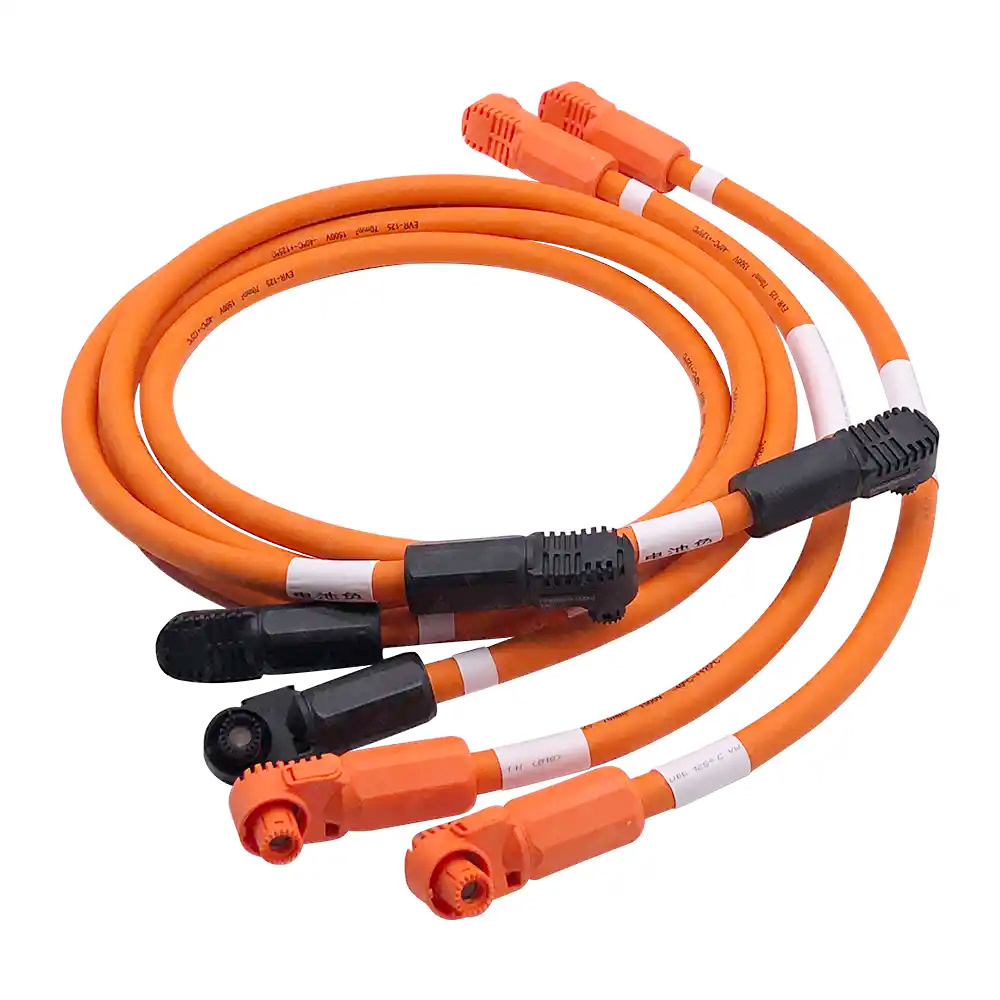
Information
Guidelines for Selecting and Designing Photovoltaic Solar Cables (Part 2)
Release time: 2024-12-30
Economic practicality trade-off
- In addition to meeting the above technical requirements, the economic practicality of the cable must also be considered. A higher-priced cable is not necessarily the best choice; rather, it is essential to comprehensively evaluate factors such as the initial procurement cost, service life, maintenance costs, and long-term energy efficiency losses of the cable.
- For example, some high-quality cables may have a relatively high purchase price, but they offer good performance and a longer service life, effectively reducing later maintenance and replacement costs. From the perspective of the total lifecycle cost, they may be more economical. At the same time, it is crucial to choose cable manufacturers with a good reputation and rich experience, as they can provide stable quality products and high-quality after-sales service, ensuring the long-term stable operation of photovoltaic power plants.
Cable core material and core selection
- Control cables should generally use copper cores due to their good conductivity and stability, ensuring accurate transmission of control signals. For power cables, aluminum alloy cores can usually be used to reduce costs and cable weight; however, in circuits with high reliability requirements, such as motor excitation, important power sources, and mobile electrical equipment, or in harsh working environments with severe vibrations, explosion risks, corrosion of aluminum, etc., power cables must use copper cores to ensure the safety and stability of power transmission.
- In terms of cable core selection, for 1kVthree-phase circuits with neutral points directly grounded for power sources at or below this level, when the protective conductor is connected to the exposed conductive parts of the electrical equipment and shares the same conductor with the neutral conductor, a four-core cable should be used; if the protective conductor and the neutral conductor are independent, a five-core cable is recommended; if the grounding of the exposed conductive parts of the electrical equipment and the grounding of the power system are independent, a four-core cable should be used. For1kVsingle-phase circuits with neutral points directly grounded for power sources at or below this level, if the protective conductor shares the same conductor with the neutral conductor, a two-core cable should be used; if the protective conductor and the neutral conductor are independent, a three-core cable is recommended; if the grounding of the exposed conductive parts of the electrical equipment and the grounding of the power system are independent, a two-core cable should be used; for circuits with larger working currents or underwater installations, a single-core cable may be used; for DC power supply circuits, a two-core cable is recommended to meet the power transmission needs of different circuits and ensure the efficient and stable operation of photovoltaic power plants.
Insulation level requirements
- The insulation level of power cables for DC transmission should take into account load variation factors and meet the requirements for internal overvoltage. The impulse withstand voltage level of cables in AC systems should meet the insulation coordination requirements of the system. The rated voltage between phases of the cable core in AC systems must not be lower than the working line voltage of the circuit. The selection of rated voltage between the cable core and the insulation shield or metal sheath in AC systems should consider systems with neutral points directly grounded or grounded through low impedance, and when grounding protection actions do not exceed 1minremoving faults, it should be based on100%of the working phase voltage of the circuit; in cases where single-phase grounding faults may last for8hor in circuits such as generator circuits with higher safety requirements, it is advisable to adopt173%of the working phase voltage of the circuit. The selection of rated voltage for control cables should not be lower than the working voltage of the circuit and should meet the requirements for possible transient and power frequency overvoltage. Control cables (guiding cables) laid parallel to long high-voltage cables should select appropriate rated voltages. In control cables laid in high-voltage distribution devices of220kVand above, it is advisable to select600/1000V. With good shielding, a450/750Vcan be selected. When external electrical interference is minimal, a lower rated voltage can be chosen.
Key points for cross-section selection
- The selection of cable cross-section is mainly based on the long-term current flowing through the conductor and the heating condition of the conductor, which can be referenced from national standard specification tables. Generally, the maximum working current in the circuit is calculated based on the installed capacity of the power station, the series and parallel configuration of components, and the parameters of the inverter. Then, the current-carrying capacity correction factors for different laying methods are considered. For example, the heat dissipation conditions of cables differ under direct burial, cable tray laying, and conduit laying, and their current-carrying capacity correction factors also vary. Additionally, the impact of ambient temperature on cable current-carrying capacity must be considered; for instance, in high-temperature environments, the current-carrying capacity of cables decreases, necessitating the selection of cables with larger cross-sections to ensure that the conductor temperature does not exceed its allowable value during long-term operation, avoiding insulation aging, short circuits, and other faults, ensuring stable and safe power transmission, and guaranteeing the reliable operation of photovoltaic power plants.
The cable selection design for photovoltaic power plants is a comprehensive task that needs to consider technical, safety, economic, and environmental factors. Through precise selection, it ensures stable and efficient power transmission for the power station, reduces operating costs and risks, enhances the overall efficiency and lifespan of the power station, and lays a solid foundation for the sustainable development of the photovoltaic energy industry. It is hoped that the above content can provide useful references for you in selecting cables for photovoltaic power plants, helping you create high-quality, efficient, and stable photovoltaic power station projects.
 oversea@hichain.com.cn
oversea@hichain.com.cn
 +8617328576881
+8617328576881










